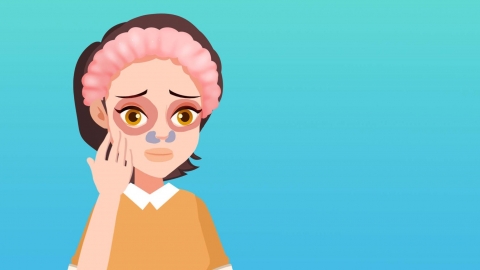How to treat a facial abrasion to heal quickly without scarring
Generally speaking, scars refer to cicatrices (fibrous tissue replacing normal skin after injury). There is no quick way to heal a facial abrasion, but to prevent scar formation, you may manage it through wound cleaning, local disinfection, proper diet, use of anti-inflammatory drugs, and application of scar removal medications. The details are as follows:

1. Clean the wound
After a facial abrasion, it is recommended to promptly rinse the wound with mild physiological saline or warm water to remove any dirt remaining inside or on the surface of the wound. At the same time, after rinsing, immediately dry the wound gently with a clean cotton ball.
2. Local disinfection
If the wound is relatively severe with a large area of damage, it is recommended to use medical alcohol under the guidance of a physician to clean the area locally, followed by covering and dressing with clean gauze. This achieves the purpose of sterilization and inflammation reduction, preventing bacterial infection.
3. Maintain a balanced diet
Prior to wound healing, your diet should be light. It is recommended to moderately increase the intake of vitamin C and vitamin E, such as from apples, strawberries, bananas, etc., which can assist in fading pigment deposition and prevent scar formation.
4. Use of anti-inflammatory medication
If the abrasion is severe, it is recommended to apply relevant medications under the guidance of a physician, such as erythromycin ointment, mupirocin cream, fusidic acid cream, etc., to prevent infection and reduce the inflammatory response.
5. Use of scar removal medication
When local scar formation occurs, follow medical advice to timely use scar removal drugs, such as mucopolysaccharide polysulfate cream, asiaticoside cream, compound heparin sodium allantoin gel, etc., which can prevent the formation of hypertrophic scars.
In addition, to prevent scar formation, sun protection is also important. It is recommended to use umbrellas, hats, or other sun protection measures when going outdoors to protect the skin. Also, avoid contact with water on the wound area for a short period to prevent secondary infection.






